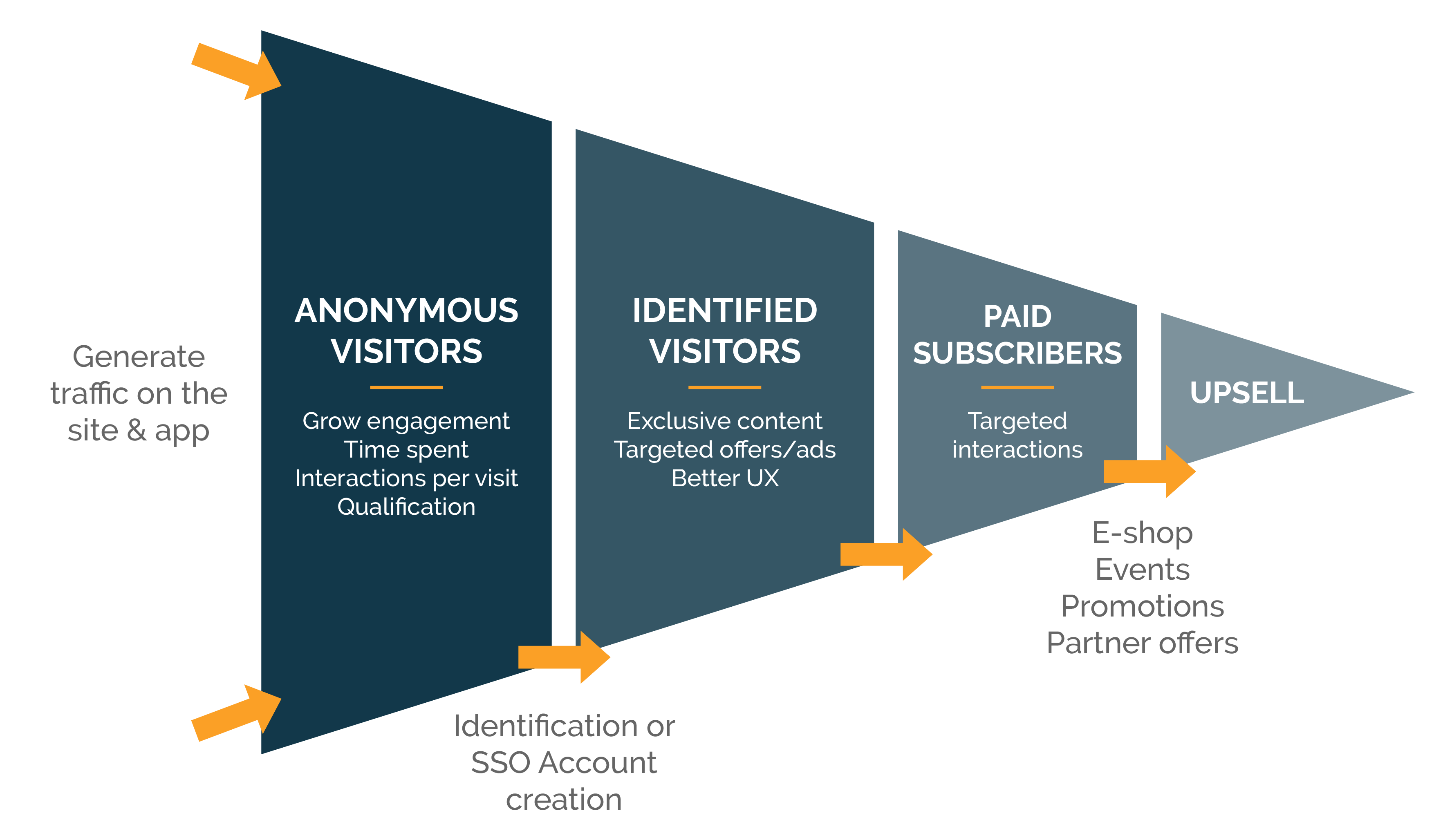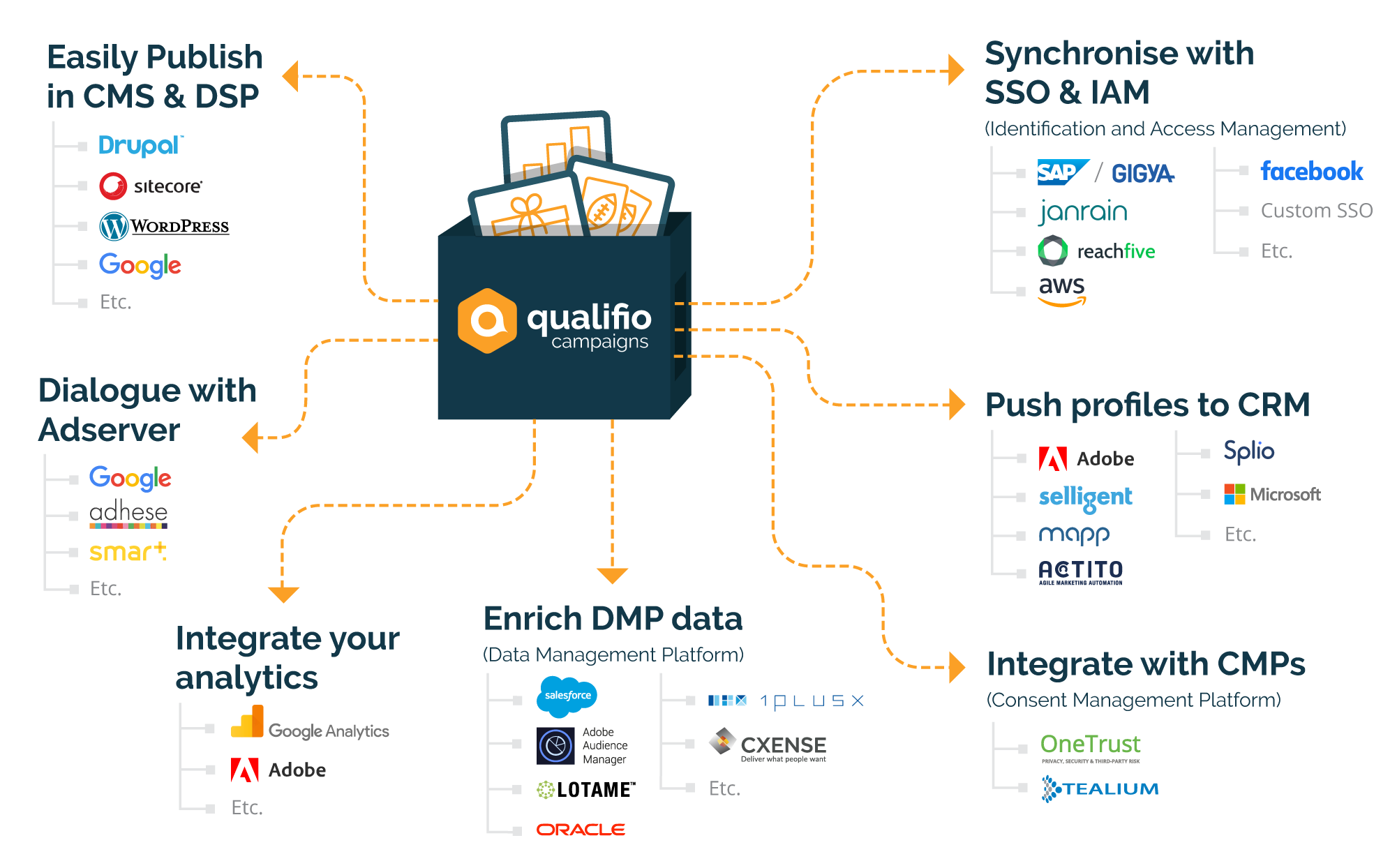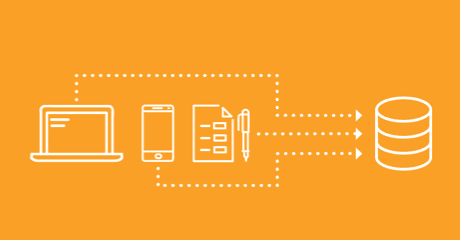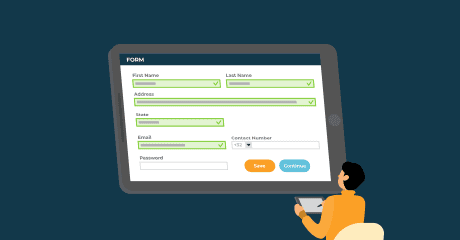First Party Data Collection: a driving force for publishers in a post-GDPR digital market
The change during the last 6 years has made it hard for publishers to keep pace with technology and stay viable. First-Party Data collection became a need.
In 2013, the DMP was still a relatively new concept and certainly not one maturely evolved. The language around CDP (Customer Data Platforms) didn’t occupy industry-wide discussions until a couple of years ago whilst a joyfully simple set of laws, also known as the GDPR came to wreak havoc on the industry as a whole. Add to this ‘Cookiepocalypse’ and the still-nascent movements universal ID’s and SSO collectives and you begin to appreciate the complex landscape that publishers have dealt with in recent years.
However, some undeniable shifts have taken place. These are at the centre of the publishers fight for survival in a post-GDPR/GAFA-dominated digital market. Namely the shift in focus toward First-Party Data collection.
Among some of the known and older methods of gathering publishers First-Party Data, there is also an emerging opportunity built for the current privacy-first era. One that can complement and enrich a publisher’s existing data technologies.
First-Party Data, the golden child of the past years
Thanks to a combination of the GDPR, systemic problems with ad fraud and data leakage that threaten their revenues not to mention the tightening grip of the GAFA on global ad markets, the media industry has moved towards re-focusing on the value of its First-Party Data.
At an industry level in Europe, this has been further emphasised by the birth of large collectives built on pooling the combined “First-Party strength” of some Europe’s publisher and brand powerhouses. From France’s Gravity Alliance to Ozone in the U.K. and Germany’s emerging Log-in alliances (Verimi, EU Net ID, and more recently the Ad Alliance as well as the shift is gathering form and pace.
It’s still clear however that many of these initiatives (more so Login collectives and universal IDs), whilst heading in the right direction are still in their early stages of adoption and in many cases are yet to show mature results.
There is more publishers can do right now, however, to efficiently build their own first-party datasets whilst still feeding into the future growth of these initiatives as well as maintaining a privacy-first approach.

The Publisher Funnel: driving conversion through engagement
If the current climate for publishers is focussed on the First-Party, then how does a digital publisher mobilise behind this and position itself in a post-GDPR digital world?
The answer is not as straight-forward as it might seem. It’s worth considering the question around key technologies a publisher would classically employ to collect and stitch First-Party Data together.
The DMP (Data Management Platform)
Despite its technical capacity to be employed more broadly, the DMP has largely been used by publishers as a tool to drive advertising campaigns.
Hailed during its hype phase as the brain of a digital stack, the DMP (Data Management Platform) has evolved through a number of cycles in recent years as a publisher tool that builds audience profiles, centralises and organises data from a number of publisher sources. From Adobe’s acquisition of DemDex in 2011 to Oracle’s 2013 purchase of BlueKai, the technology probably reached its zenith in valuation via SalesForce’s $700 million acquisition of Krux in 2018. Global DMP pioneers Lotame are still managing the data of large publisher clients across the world and have recently evolved their own positioning to meet the needs of the modern publisher.
From a European perspective, a host of next-generation DMPs have emerged through some high profile partnerships. These include France’s Mediarithmics (the platform provider to the Gravity alliance) and Switzerland’s 1plusX which emerged by announcing a partnership with Axel Springer and more recently the ProSieben/RTL ‘Ad Alliance’.
Discover how you can use a DMP as part of your data collection
The CRM (Customer Relationship Management)
The CRM houses personal data of your customers, classically identifiers such as name, email and postcode/address. It allows you to order crucial information to track personal preferences and exchange with your customers in one place.
The advantage of this information is it can be shared amongst multiple teams that use the data for their diverse functions. It’s a powerful and efficient tool for publishers, particularly as it relates to marketing promotions and subscription functions.
The challenge of the CRM, not unlike the DMP (but for different reasons), is that it needs to be “well-fed”. The information needs to be updated regularly and clean for the information to be used efficiently. The CRM is also limited by the fact that the information it contains can be static and superficial.
In other words: it may contain fixed data such as a customer’s name and email address but contains very limited information about how their preferences move, shift or how they might react to a moment or a specific situation and context.
The CDP (Customer Data Platform)
The CDP is one of the newer waves of data platforms feeding into what Mparticle refers to as ‘the third wave of data’. Including evolved versions of previous enterprise tag management platforms such as Tealium and Signal, the CDPs are not always so clearly defined.
Through an emphasis on First-Party Data, the CDP provides a closer view of the publisher’s customer and is able to unify previously disparate data sets to provide a single view of that customer’s journey across the publisher.
For example, it is able to use the static identifiers from a CRM, as well as other sources such as customer support tickets or newsletter registrations, and piece that information together under a single view.
The limit of the CDP is sometimes viewed as its lack of scalability. Other limits are that some CDPs are not equipped to handle complex data structures.
Put in a general way (but not fixed in stone), the CDP is often used by a publisher across marketing functions, as opposed to the DMP which is used for content personalisation and monetisation of their audiences through media sales.
Data Collection Platforms and Engagement of the User
Increasingly used by digital publishers (and brands) are engagement and data collection platforms. These tools help to create rich First-Party Data for publishers, through a simple but powerful idea: engaging publisher audiences through dialogue.
Examples of this include but are not limited to: polls, quizzes, personality tests, games and contests. The use of registration forms can also add a powerfully simple means of collecting registered sign-on data across the broad publisher functions of editorial, marketing and sales.
The intelligent application of these tools has a strong role to play in the current digital publisher market. As mentioned earlier, the focus on First-Party Data collection means the absolute need for publishers to focus on engaging users that visit their sites and properties.
GDPR has meant that, despite rushed attempts that weren’t entirely user friendly, publisher databases ultimately ended up being heavily diminished after the 25th of May 2018. There is still a need to rebuild these in 2020.
Furthermore, a Data Collection Platform can also serve in a space that doesn’t need to put it in opposition to any of the above platforms mentioned.
On the contrary, its value to a publisher should be measured by its ability to integrate with publisher DMP, CRM and CDP platforms. In this way, it serves as a data enrichment tool, as data should be portable and usable, not sitting in silos.

Driving SSO (Single Sign-On) and registration databases
An advanced engagement and data collection platform can and should also play an important role in a publisher’s SSO strategies. The importance of converting users from anonymous visitors to engage and, ultimately, to registered or paying users has become a core to the strategies of many European publishers in a post-GDPR market.
This is also against the wider background of emerging SSO/IAM publisher collectives Geste (FR), Verimi and EU NETID (DE)as well as Portugal’s Nonio.
Engagement through gamification, surveys, polls and quizzes (provided they are visually appealing and engaging to the user) can be used to directly drive registered users, either via registration forms or via direct integration with a publisher’s SSO technology.
Data collection and engagement: A scalable source of First-Party data for the ‘20%’
As the market evolves through turbulent shifts, both the threats as well as opportunities to publishers are clearly on the table.
In the face of stringent (albeit positive) privacy legislation and the market-dominating power of the GAFA, the need has emerged for the digital publishers and the 20% of ad spend that occurs outside of the GAFA to be leaner and more efficient around First-Party Data collection.
A First-Party Data collection strategy and engagement tool can be a force for publishers against this backdrop. One that works with publishers existing technologies to enrich and scale their user data.
Want to go further on the topic? Listen to our interview with Miles Pritchard from OMD.
 This article is offered to you by Ian Curd.
This article is offered to you by Ian Curd.Ian is the International Bus Dev lead at Qualifio. He has had a front row view of marketing and data technology trends during the last decade across multiple regions.








